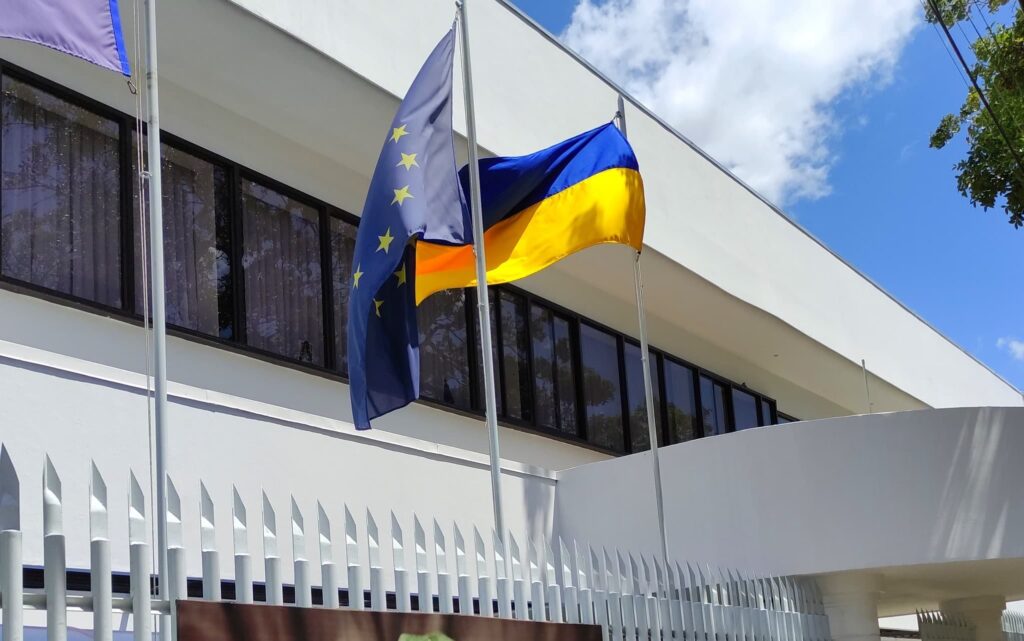From the Editorial Office
Newspaper La Jornada
Saturday February 26, 2022, p. 13
The Federal Commission for the Protection against Sanitary Risks (Cofepris) reported that the Pharmacopeia of the United Mexican States 13.0 (FEUM) and the Herbal Pharmacopeia 3.0 (FHEUM) entered into force, which contain the technical bases, standards and quality requirements of pharmaceutical raw materials and make available the specifications of identity, purity and quality of allopathic and herbal medicines allowed for use in national territory.
Its entry into force means that its monographs and analysis methods become observable elements for Cofepris, which represents one more tool to guarantee the safety and quality of medicines.
Among the changes, the General Method of Analysis for the Determination of Nitrosamines stands out, an impurity in pharmaceutical products that can form during manufacturing; this is only the third pharmacopoeia worldwide to have this technique. Updates were also made on medicines and health supplies used in the covid-19 pandemic.
Regarding the publication of the Herbal Pharmacopoeia 3.0, seven general methods of analysis were modified, among which pesticide residues stand out, which was harmonized with the European Pharmacopoeia. 89 monographs were also updated and 49 more were incorporated.
The FEUM is updated every two years and involves public and private institutions that discuss high-level techniques to determine the best indicators. Mexico is one of 17 countries to have its own pharmacopoeia.
















